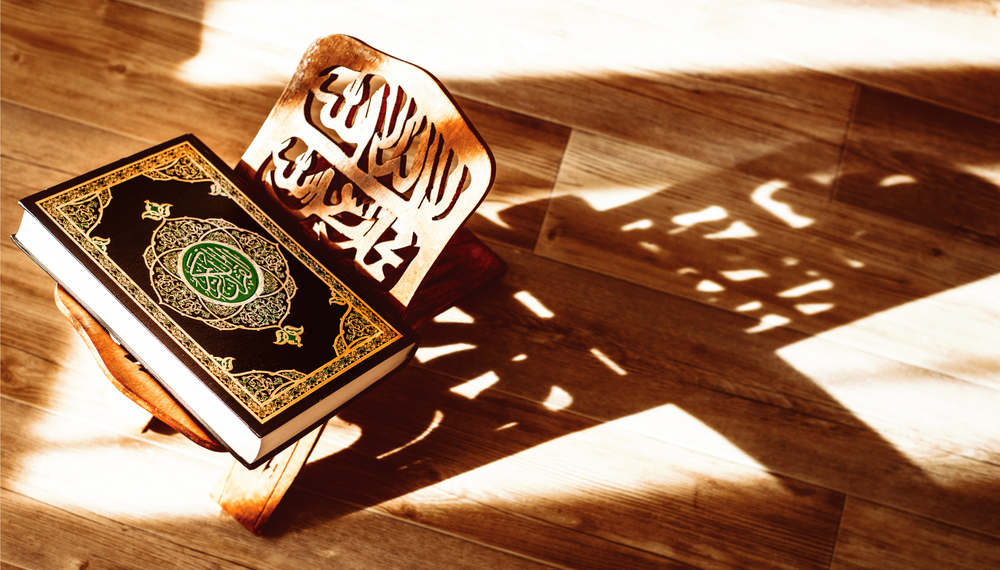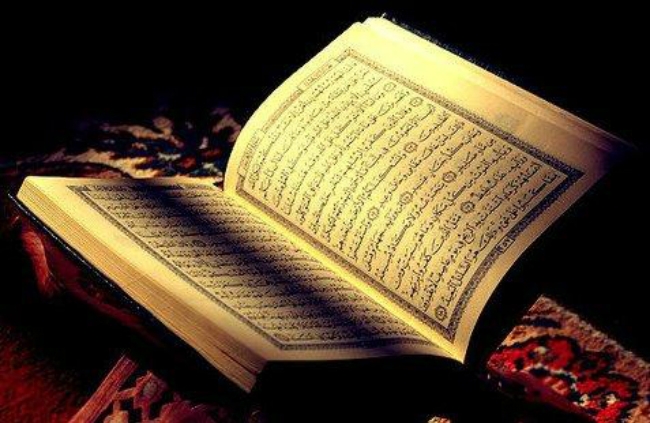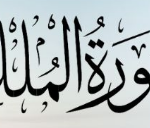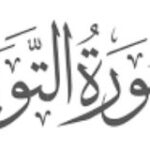When was the Quran revealed?
The Quran, which means recitation, was revealed to the Prophet Muhammad (SAW) over a period of 23 years starting in 610 CE. He recited the verses to his companions who then memorised them, and a few of them used to write down them down.
How many chapters and verses are there in the Quran?
114 chapters and 6349 verses comprise the Quran, all being transmitted through Jibrail (AS). Unlike the previous scriptures which were revealed in written form, the Quran was revealed orally and is considered the literal word of God.

Why the Quran is the foundation of Islam
The Quran is the foundation book of the Muslims who believe that the Quran is the exact word of Allah and is an authentic record of the previous revelations.
Only the Arabic text is considered to be the authentic Quran and it was organised in its current form by the Prophet Muhammad (SAW) himself. The Quran is organised into 114 chapters, called Surahs, of varying lengths.
How was the Quran revealed?
The first revelation came to the Prophet (SAW) at the age of 40 years during one of his times of seclusion just outside the city of Mecca. It was the Angel Jibrail (AS) who appeared and asked him to read. Muhammad (SAW) had not learned to read or write and so gave the response he could not read or did not know what to recite. The Angel then instructed him to read with him what would become the first 5 ayahs (sentences) of the Quran:
‘Recite in the name of your Lord who created – Created man from a clinging substance – Recite, and your Lord is the most Generous – Who taught by the pen – Taught man that which he knew not.’
Quran [96:1-5]
An interval of many months passes after the first revelation, before the second comes. Then further revelations keep coming over a period of 23 years. The last verse to be revealed is said to be:
‘….This day I have perfected for you your religion and completed My favour upon you and have approved for you Islam as religion.’
Quran [5:3]
How was the Quran compiled?
After every revelation, the Prophet (SAW) would inform the public and recite the new verses. He would also instruct someone to write it down instructing where the new revelation was to be positioned. The scribes would write on whatever material was available to them such as animal skins, palm tree leaves, or thin stones
When was the Quran written?
It was under the rule of Umar (RA) after 634 CE that the formal compilation took place. Before then, the Prophet (SAW) had appointed a group of his companions who were knowledgeable and trustworthy to write down the revelation. The Quran was written in parts on materials such as on animal skins, or thin stones.
Who was the first official scribe of the Quran?
During the early period, there weren’t many scribes available, but then the Prophet (SAW) was introduced to a young man called Zaid ibn Thabit (RA) who was placed directly under the supervision of the Prophet (SAW). He was made in charge of the Quran record due to his ability, sincerity and eagerness and was made the principle scribe and keeper of the record.
How the Quran revelations were retained
As the Prophet (SAW) was reciting the revelations to the public, hundreds of people memorised the Quran and some were writing down what they had learned. But it was difficult for most people to keep up with the new revelations and the arrangements of the verses, so they regularly reviewed it with each other with many under the Prophet’s own supervision. He (SAW) also designated certain individuals to be teachers and people would review the Quran regularly with them.
The Prophet (SAW) was meticulous about the Quran and constantly recited in public the Surahs as they were arranged at the time and it is stated in a hadith (saying of the prophet) of Bukhari that: ‘Jibrail would come to me to revise the Quran once every year. This year he revised with me twice….’to show that he was reviewing it all the time. ‘This year’ meant the last year of the Prophet’s life.

What happened to the Quran after the Prophet’s death?
After the Prophet (SAW) passed away, Abu Bakr (RA) was chosen to be the first Caliph – the main civil and religious ruler of the Muslim nation. He was the closest of all the companions to the Prophet and was the natural choice to be leader.
About a year after his appointment, during a battle, a large number of reliable and authoritative Quran memorisers were killed which brought about concern among the companions, especially the closest adviser to the Caliph – Umar (RA). They were concerned regarding who would be left to teach the Quran to the next generations if so many memorisers kept dying. And so began the formal compilation on materials that would be easy to store and maintain.
Abu Bakr (RA) appointed Zaid ibn Thabit (RA) to complete the work and he was the logical choice as he was under the direct supervision of the Prophet (SAW) during his lifetime. They formed a committee to see the project through to the end. They collected and checked every verse of the existing record with the memories of the committee members and other experts in this field.
How The Quran was preserved in non Arab lands
During the time of the third Caliph Uthman (RA), another issue arose where the Muslim population had increased so much that many were not native Arab speakers and many people of other cultures were entering Islam. It was hard to keep track of whether copies of the original text were still being used as there was a general observation that some copies were out of sequence, some were incomplete and others were in dialects other than the standard.
So it was suggested that authenticated copies of the Quran be made available to the provincial capitals. A committee was again formed for this task and they accomplished the project with 7 copies of the collection being authenticated and prepared. These were then sent to the major capitals to be copied from.
The Quran read today by Muslims around the world comes from this line of copy. However, if you were to look at a Quran read by someone who was not a native Arab speaker, you will notice that it looks different from the original text. This is due to the short vowels being added later to help the reader tell the difference in pronouncing each letter correctly.
‘Indeed, it is We who sent down the Quran and indeed, We will be its guardian.’
Quran [15:9]
Find out more about the Quran, click the link below.



